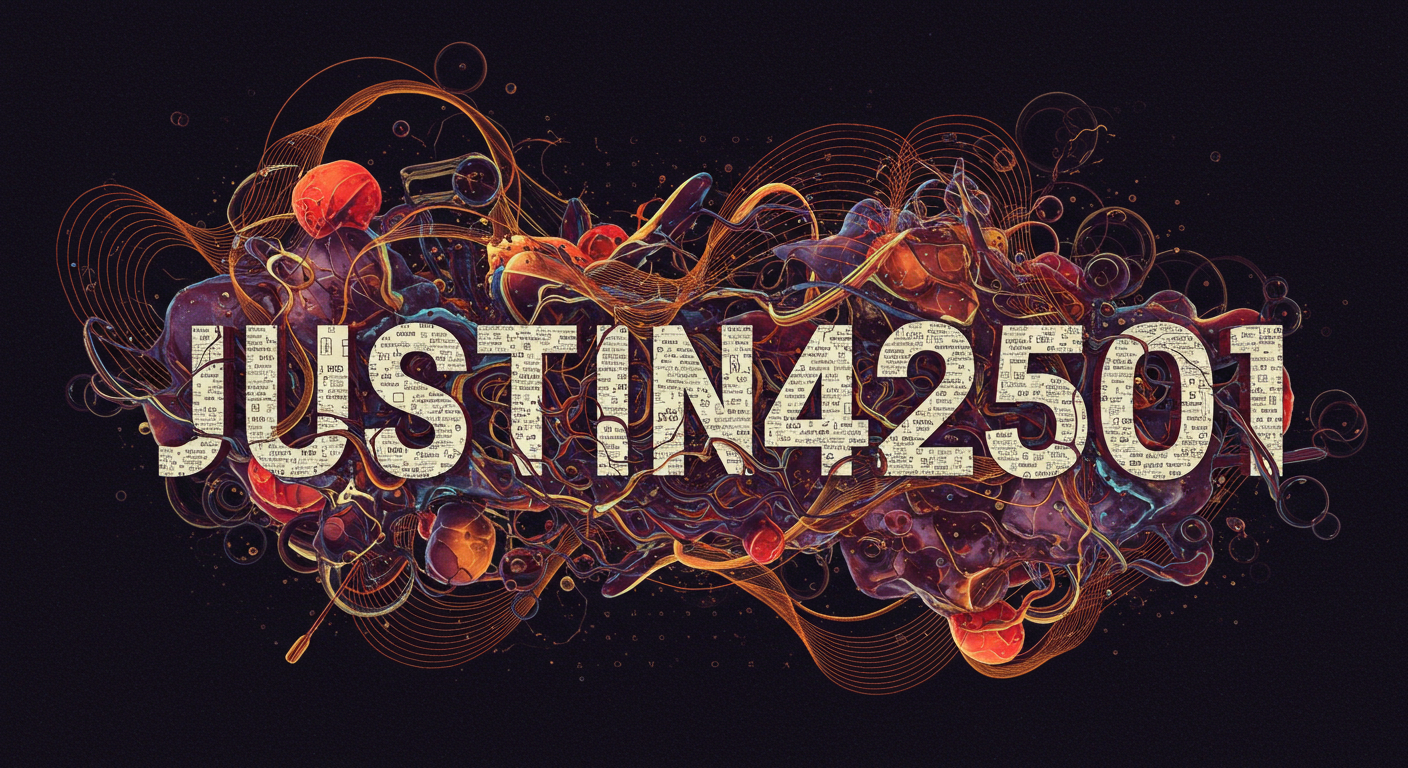Blog
Englishglow: Transform Your English Skills with Confidence and Clarity

In a world where English is the language of business, travel, education, and social connection, mastering it is more important than ever. Whether you’re a student, a professional, or someone looking to expand your communication skills, Englishglow offers a refreshing and effective approach to learning English in today’s fast-paced digital age.
Let’s explore how englishglow is reshaping the way people learn English, why it stands out, and how you can benefit from this powerful language-learning tool.
What is Englishglow?
Englishglow is an online platform dedicated to improving the English skills of non-native speakers through real-life communication techniques, interactive lessons, and confidence-building tools. Instead of just memorizing rules, users are encouraged to engage with English the way it’s naturally used—through conversation, context, and modern media.
From speaking fluently to writing clearly, englishglow supports learners at all levels—from beginners to advanced—offering customized learning paths and real-time guidance.
Why Englishglow is Gaining Global Attention
There are countless language apps and courses out there—but englishglow has carved a unique space by focusing on authenticity, personalization, and real-world application. Here’s why learners love it:
Real-Life English Use
Rather than sticking to outdated textbooks or robotic vocabulary drills, englishglow teaches phrases and expressions that are commonly used in modern conversations. You’ll learn how to sound natural, not robotic.
Adaptive Learning System
The platform uses intelligent tracking to assess your strengths and weaknesses. Whether you need help with pronunciation or grammar, englishglow adjusts your lessons accordingly.
Confidence-First Approach
What makes englishglow different is its emphasis on building confidence. Many learners know English but hesitate to speak. Through live speaking practice and real-time feedback, that fear gradually disappears.
Who Should Use Englishglow?
Englishglow is designed for anyone who wants to improve their English, but especially helpful for:
-
Students preparing for university entrance or international exams (IELTS, TOEFL).
-
Job seekers aiming for success in interviews and workplace communication.
-
Freelancers and entrepreneurs working with global clients.
-
Content creators looking to grow their English-speaking audience.
-
Travelers and immigrants who want to integrate smoothly into English-speaking countries.
Whether you’re self-taught or have learned English at school, englishglow can help elevate your language skills.
Key Features of Englishglow
Speaking Practice with Feedback
Users can participate in daily speaking tasks using voice recordings. AI and human tutors provide constructive feedback, helping improve pronunciation and fluency.
Structured Learning Modules
Lessons are organized into beginner, intermediate, and advanced levels. You can learn grammar, sentence structure, writing tips, and more—all at your own pace.
Listening and Comprehension Tools
Using podcasts, video clips, and conversational audio, englishglow boosts your listening skills by exposing you to different accents and speaking styles.
Smart Vocabulary Builder
Instead of memorizing isolated words, you’ll learn how to use new vocabulary in sentences and conversations, with interactive flashcards and quizzes.
Live Sessions with Expert Tutors
Join live video classes and practice speaking with trained language coaches. These sessions are great for real-time interaction and confidence-building.
Benefits of Learning English Through Englishglow
Choosing englishglow gives learners a competitive advantage in both personal and professional settings. Some major benefits include:
-
Improved Fluency: Speak more naturally and effortlessly.
-
Stronger Writing Skills: Learn how to write emails, essays, and reports in perfect English.
-
Clear Pronunciation: Sound more like a native speaker.
-
Boosted Career Opportunities: English fluency is often a requirement for global job roles.
-
Greater Confidence: Overcome the fear of speaking in public or online meetings.
How Englishglow Stands Out from Traditional Learning
| Feature | Traditional Learning | Englishglow |
|---|---|---|
| Static Curriculum | Yes | No – personalized lessons |
| Grammar Focus | Heavy | Balanced with communication |
| Speaking Practice | Limited | Daily, with tutor feedback |
| Flexibility | Low | High – learn anytime, anywhere |
| Engagement | Boring | Fun, modern, interactive |
With englishglow, you’re not just learning English—you’re living it.
Testimonials from Real Users
Here are a few real stories from people who’ve transformed their English skills with englishglow:
“I used to struggle during meetings with foreign clients. Thanks to englishglow, I now lead calls confidently and get praised for my communication!”
– Fahad, Project Manager
“I moved to the UK for studies and couldn’t understand the accents at first. Englishglow’s listening tools helped me adjust within weeks.”
– Hina, International Student
“As a freelance designer, I now pitch to international clients with ease. My income has doubled since improving my English!”
– Zohaib, Freelancer
Getting Started with Englishglow
Starting your journey with englishglow is simple and beginner-friendly:
-
Create your free account and select your learning goals.
-
Take a quick placement test to identify your current level.
-
Begin your tailored course – covering speaking, listening, writing, and grammar.
-
Join weekly live sessions and receive real-time feedback.
-
Track your growth through detailed progress reports.
There’s no pressure—you learn at your own pace, whenever and wherever you like.
Tips to Maximize Results with Englishglow
To get the most out of your learning experience:
-
✅ Set clear weekly goals (e.g., 5 new words per day).
-
✅ Practice speaking aloud daily, even if you’re alone.
-
✅ Don’t fear mistakes—they’re part of the process.
-
✅ Join live sessions to interact and build fluency faster.
-
✅ Review your progress monthly and adjust goals.
Consistency is key—small steps daily lead to big changes over time.
Final Thoughts
In today’s competitive and connected world, English proficiency is a powerful asset. Whether you’re learning for education, work, travel, or personal growth, englishglow provides a smart, modern, and supportive environment to help you succeed.
With interactive lessons, real-world speaking practice, and expert guidance, lights the path to fluency. It’s not just about learning English—it’s about gaining the confidence to use it anywhere, anytime.
-

 Business7 months ago
Business7 months agoUnderstanding the Significance of License Plate 鲁Q 669FD
-

 Technology7 months ago
Technology7 months agoIs 8884216488 a Scam? Debunking Common Myths
-

 Technology7 months ago
Technology7 months ago164.68111.161: A Comprehensive Guide
-

 Digital Marketing7 months ago
Digital Marketing7 months agoWepbound: The Future of Digital Connectivity
-

 Entertainment7 months ago
Entertainment7 months agoStreameast: The Best Free Live Sports Streaming Platform in 2025
-

 Crypto7 months ago
Crypto7 months agoCrypto30x.com GG: Is It the Future of Crypto Investment?
-

 Crypto7 months ago
Crypto7 months agoCrypto30x.com AC Milan: A New Era for Fans Through Digital Currency
-

 Digital Marketing7 months ago
Digital Marketing7 months agoZryly.com Hosting: A Comprehensive Review of Their Its Services
-

 Digital Marketing7 months ago
Digital Marketing7 months agoHow Adsy.pw/hb3 is Revolutionizing Online Advertising Strategies
-

 Technology7 months ago
Technology7 months agoJustin42501: Redefining The Future Of Digital Connection and Growth



